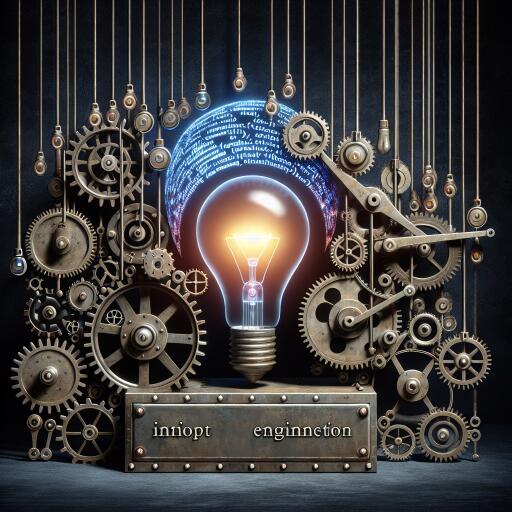Unlocking ChatGPT’s Capabilities Through Expert Prompt Engineering
In the realm of technology, the significance of ChatGPT developed by OpenAI cannot be understated, especially in fields like chatbots, content creation, and customer service. This leading Large Language Model (LLM) has revolutionized the way machines understand and generate human-like text. Yet, to truly harness its capabilities, mastering the art of prompt engineering is essential.
Prompt engineering stands at the core of optimizing ChatGPT’s functionality. It is the skillful craft of designing prompts that lead the model to produce specific, desired outcomes. For instance, a prompt such as “The sun is…” could lead to a variety of contextually relevant completions like ‘shining’ or ‘rising’. This ability to generate coherent, context-aware sentences makes ChatGPT a powerful tool, provided one knows how to direct it efficiently.
For those looking to leverage ChatGPT to its fullest, clarity in prompt construction is paramount. A well-crafted prompt should be clear and specific, guiding the model to generate precise responses. Instead of a broad request like “Tell me about dogs,” a more effective prompt would specify “Describe the characteristics and behavior of domestic dogs.” This not only ensures clarity but also sets a clear context, which is vital for ChatGPT’s understanding and performance.
Besides clarity and context, the precision of the prompts plays a formidable role. To extract accurate and relevant information, prompts have to be meticulously designed. For example, if the goal is to obtain a list, the prompt should explicitly request it. Additionally, engaging ChatGPT in a role-play scenario can further refine its responses. By assigning ChatGPT a specific role, one can tailor the depth and tone of its output to suit various needs and audiences.
Therefore, it is crucial to consciously consider elements such as tone and the amount of detail required. Modifying the tone of the prompt can significantly alter ChatGPT’s responses. Utilizing cues such as “Explain like I’m five” for simplicity or “Draft a professional report” for a formal tone can lead to responses that are better aligned with the user’s intentions. Similarly, by incorporating instructions like “Summarize briefly” or “Elaborate in detail,” users can guide ChatGPT to produce outputs that closely match their specific requirements.
Ultimately, the essence of leveraging ChatGPT’s comprehensive capabilities lies in the art and science of prompt engineering. By focusing on the intricacies of prompt design, including clarity, context, precision, tone, and level of detail, users can unlock the full potential of this advanced LLM. With practiced prompt engineering, ChatGPT becomes not just a tool for textual generation, but a versatile assistant capable of delivering high-quality, contextually apt content across a wide array of applications.










